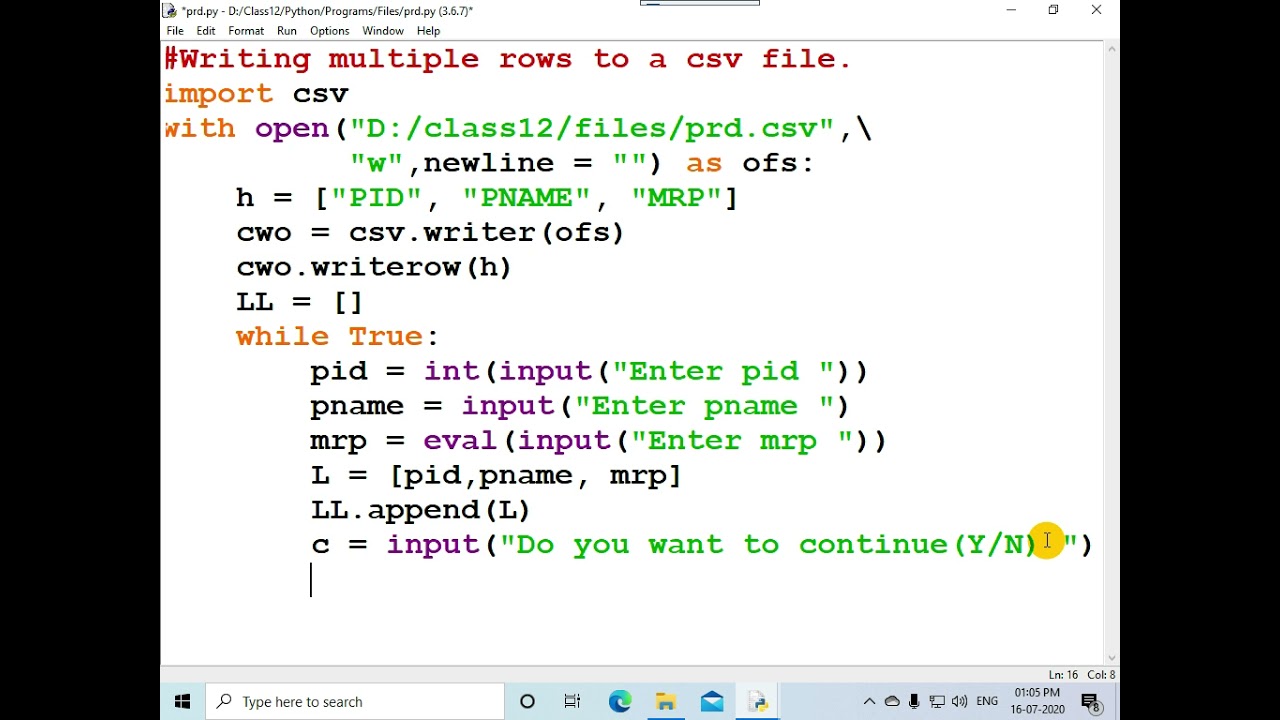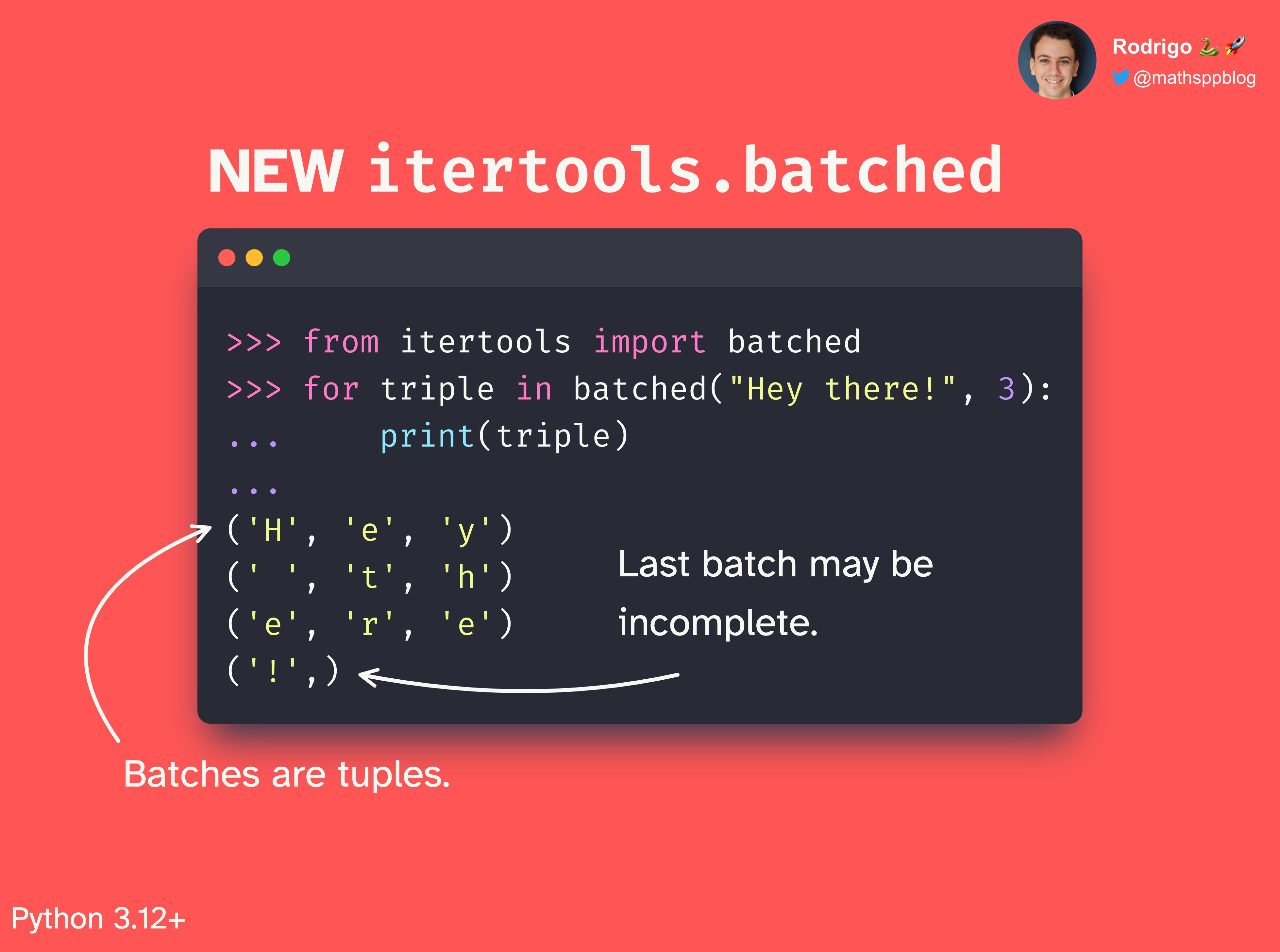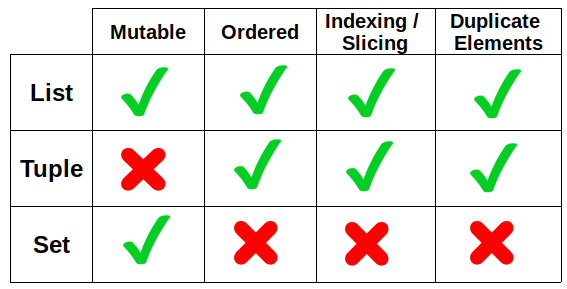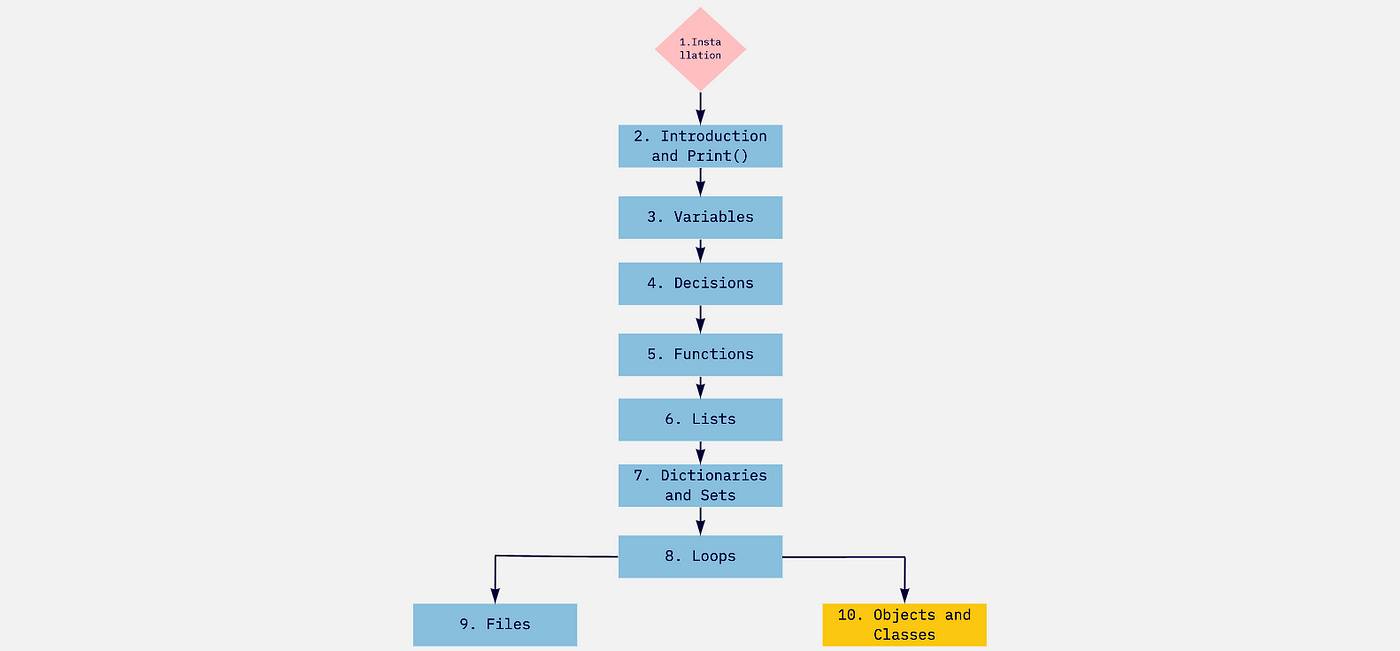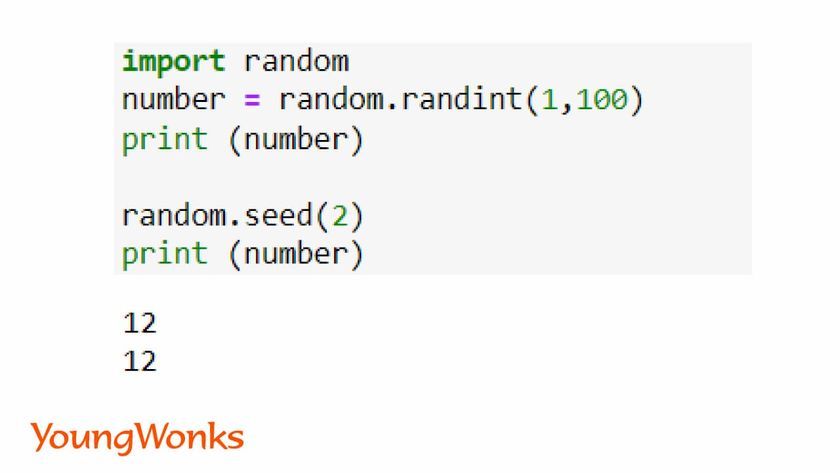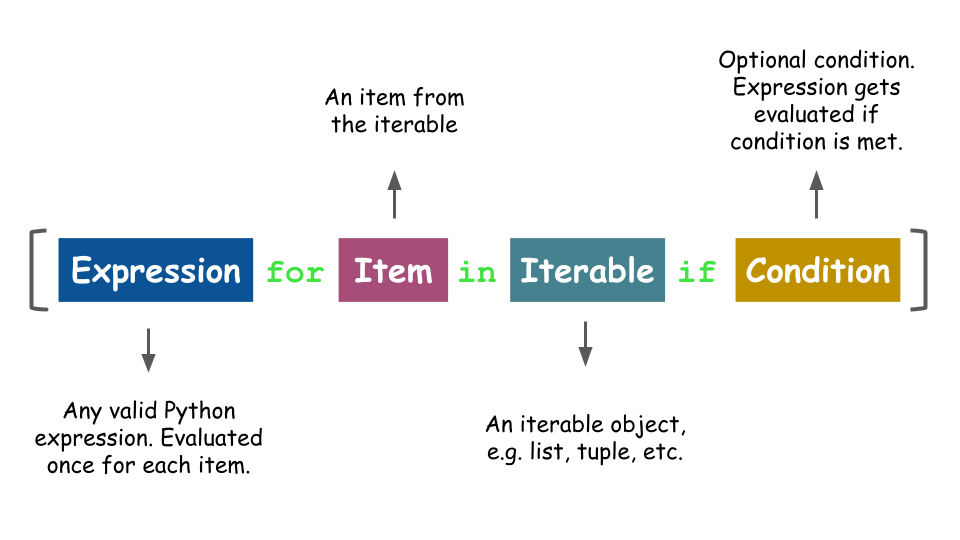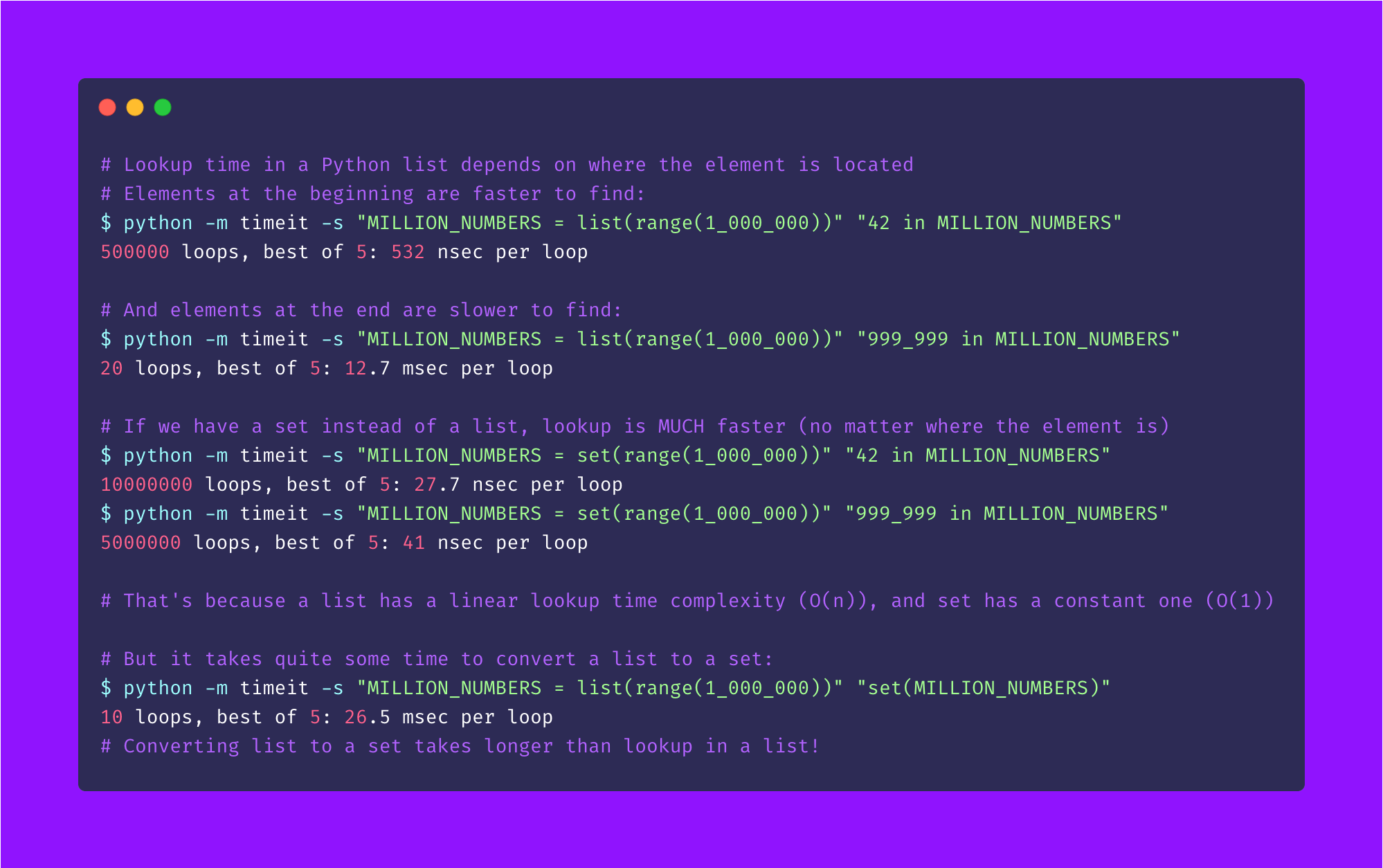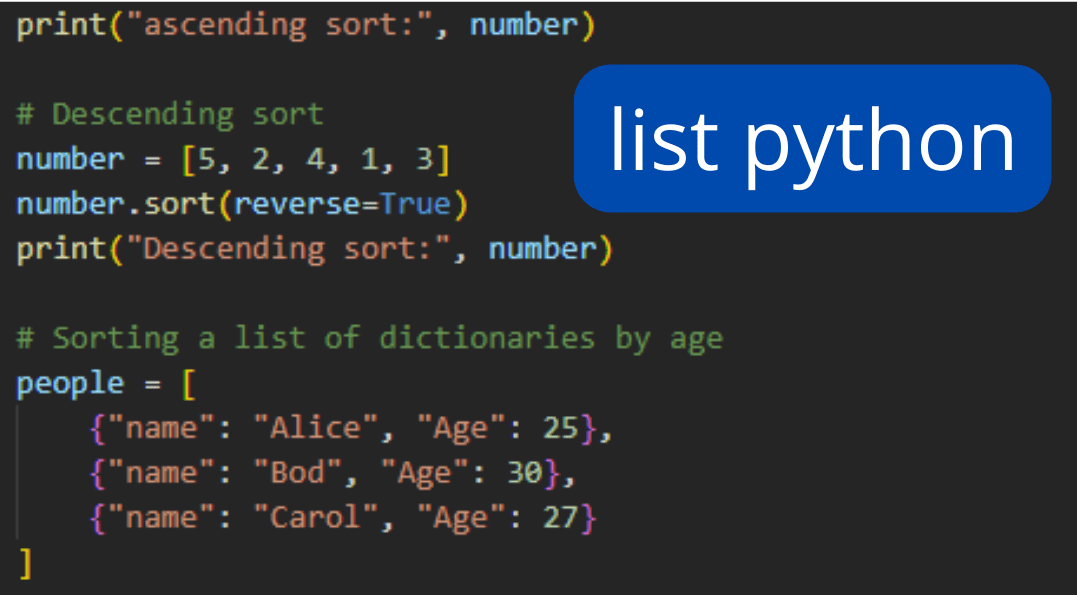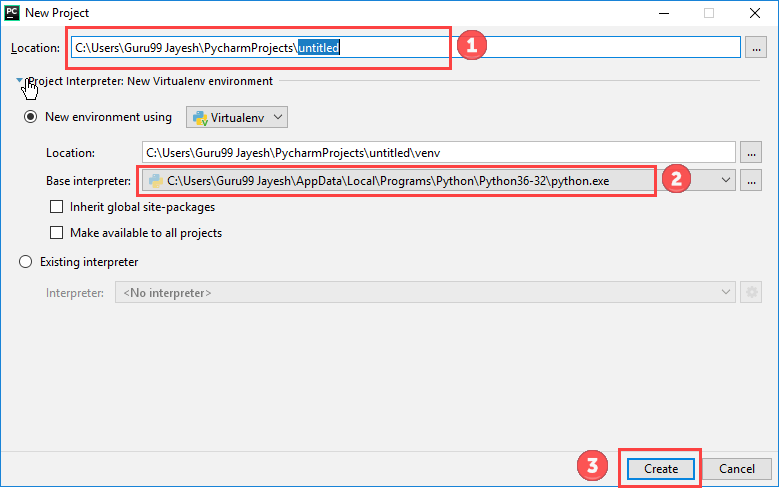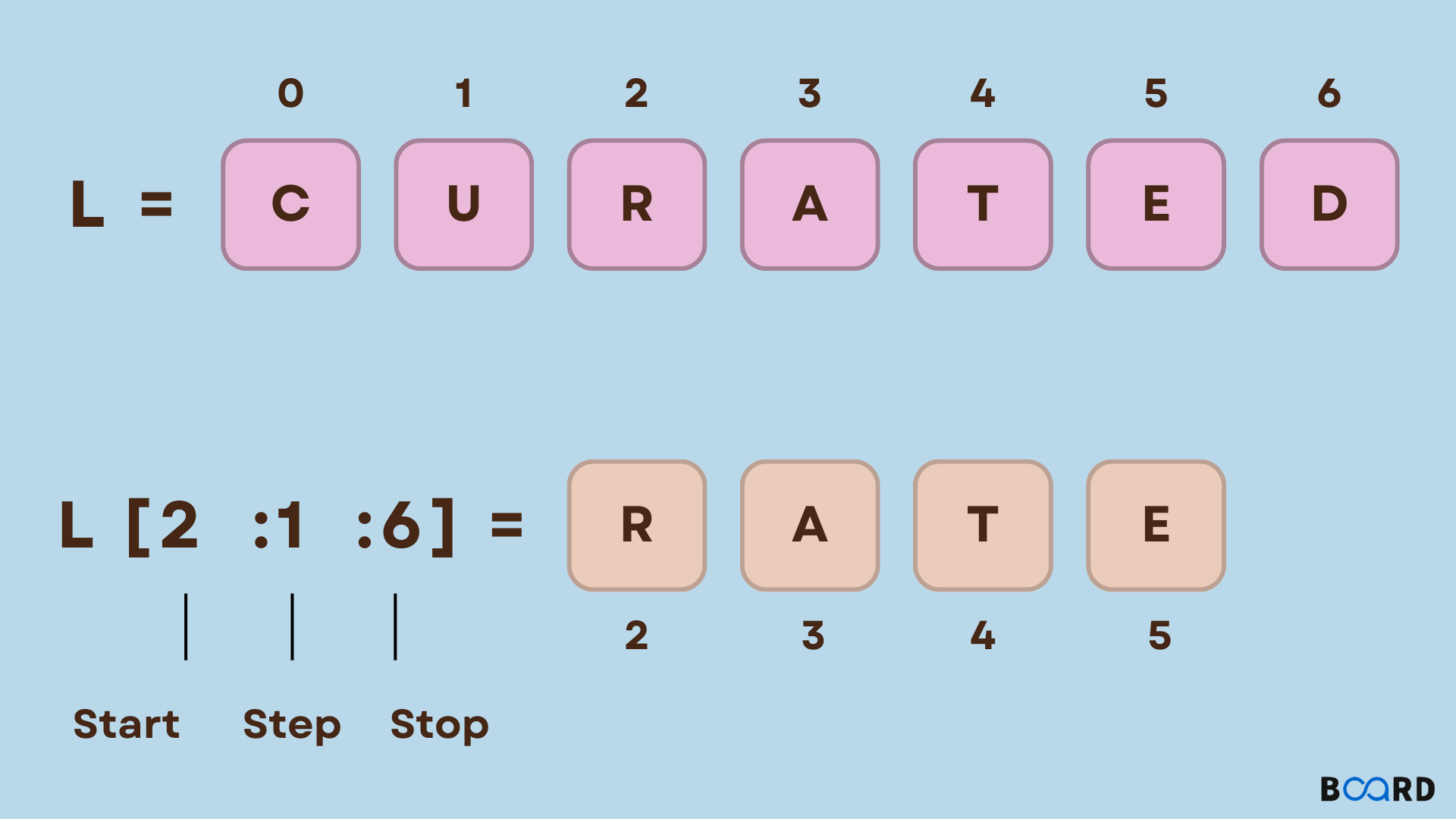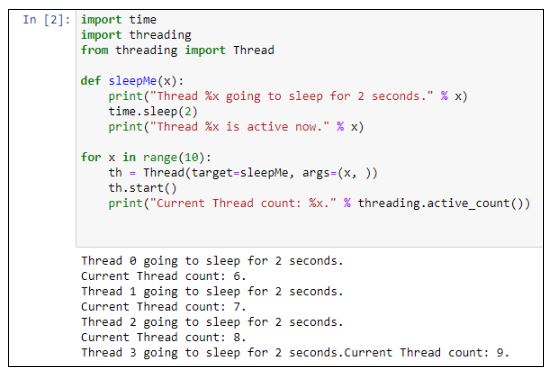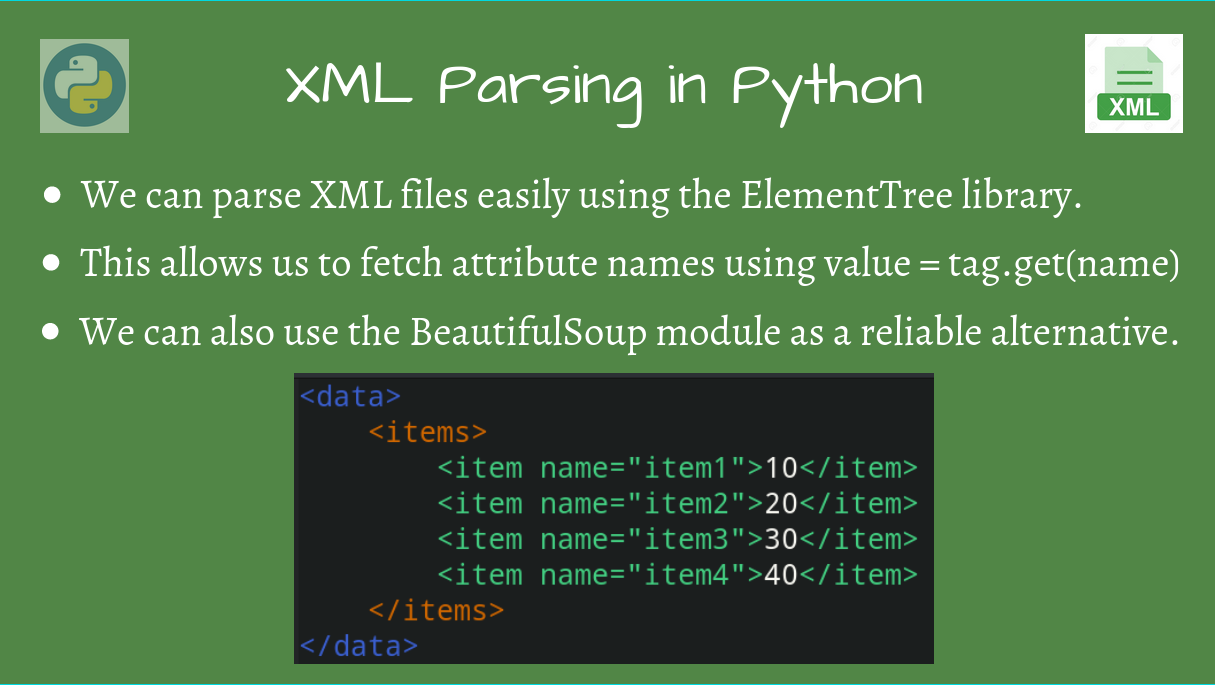generator vs list python
generator vs list python
Here's a detailed explanation of generators and lists in Python:
Lists
In Python, a list is a collection of items that can be of any data type, including strings, integers, floats, and other lists. Lists are denoted by square brackets [] and are useful for storing and manipulating collections of data.
Here's an example of creating a list:
my_list = [1, 2, 3, 4, 5]
print(my_list) # Output: [1, 2, 3, 4, 5]
You can access individual elements in a list by indexing them using square brackets []. For example:
my_list = [1, 2, 3, 4, 5]
print(my_list[0]) # Output: 1
print(my_list[-1]) # Output: 5
Lists are mutable, meaning they can be modified after creation. You can add or remove elements from a list using various methods, such as append(), extend(), and pop().
Generators
A generator is a type of iterable in Python that produces a sequence of results instead of storing them all in memory. Generators are denoted by the yield keyword and are useful for creating infinite sequences or processing large datasets without consuming too much memory.
Here's an example of creating a generator:
def my_generator():
yield 1
yield 2
yield 3
my_gen = my_generator()
print(next(my_gen)) # Output: 1
print(next(my_gen)) # Output: 2
print(next(my_gen)) # Output: 3
In this example, the my_generator() function uses the yield keyword to produce a sequence of integers. Each time you call next() on the generator object, it will yield the next value in the sequence.
Generators can be used to create infinite sequences or process large datasets without consuming too much memory. For example:
def my_infinite_sequence():
i = 0
while True:
yield i
i += 1
my_gen = my_infinite_sequence()
print(next(my_gen)) # Output: 0
print(next(my_gen)) # Output: 1
print(next(my_gen)) # Output: 2
In this example, the my_infinite_sequence() function uses a while loop to generate an infinite sequence of integers. The yield keyword is used to produce each value in the sequence.
Comparison between Lists and Generators
Here are some key differences between lists and generators:
Memory usage: Lists store all their elements in memory, whereas generators only store one element at a time, making them more memory-efficient. Iteration: Lists can be iterated over using a for loop or indexing, whereas generators must be used with thenext() function to retrieve each value in the sequence. Mutability: Lists are mutable, meaning they can be modified after creation, whereas generators are immutable, meaning their output cannot be changed once it has been generated.
In summary, lists are useful for storing and manipulating collections of data, while generators are useful for creating infinite sequences or processing large datasets without consuming too much memory.
What is a generator comprehension in Python?
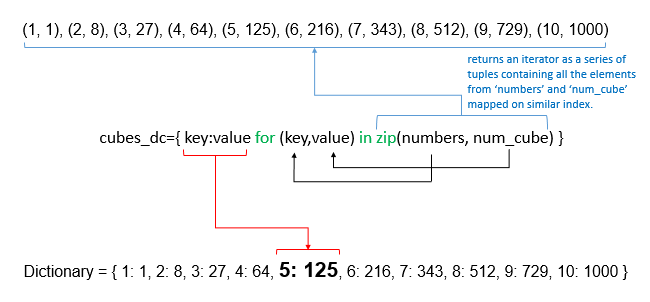
I'm glad you asked!
A generator comprehension in Python is a powerful tool that allows you to create iterators using a compact, expressive syntax. It's a combination of list comprehensions and generator expressions, which enables you to generate sequences of values on-the-fly.
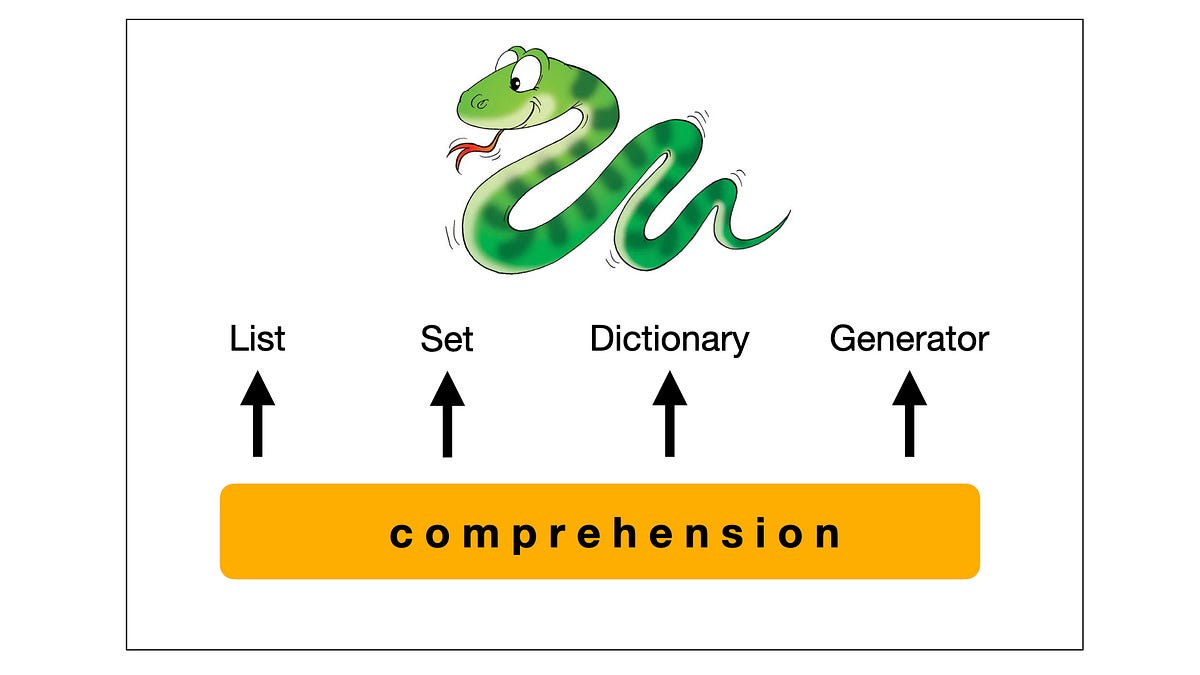
To understand how this works, let's start with the basics: iterator, iterable, and generator.

Iterator: An object that can iterate over a sequence (e.g., a list or tuple) and produce elements one by one. Examples include lists, tuples, strings, dictionaries, sets, and files.
Iterable: Any object that can be iterated over, such as the ones mentioned above. Iterables can be converted into iterators using functions like iter() or the for loop.
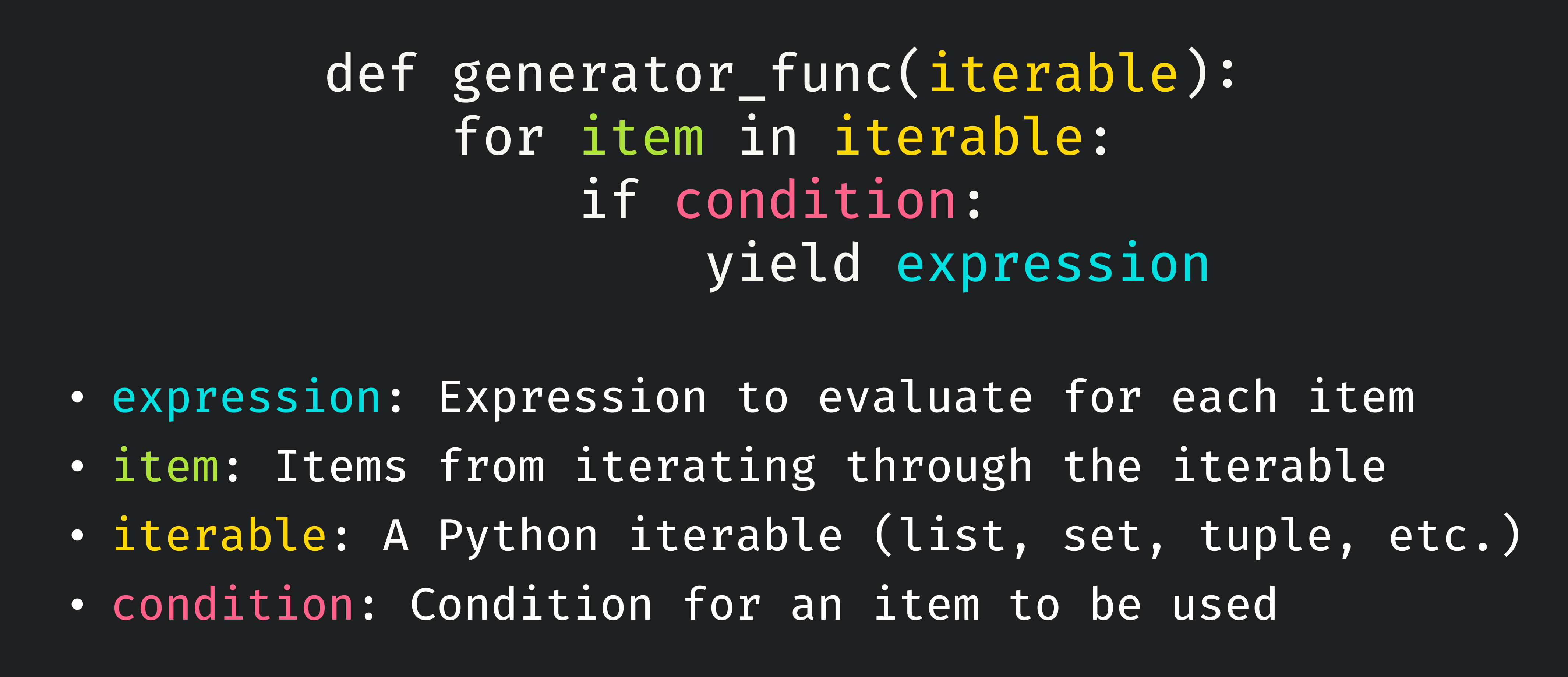
Generator: A special type of iterator that produces values by running a function until it hits an end condition. Generators are defined using the yield keyword and return a value each time they're called.
Now, let's dive into generator comprehensions!
A generator comprehension is a concise way to create iterators using the syntax (expression for variable in iterable if condition). This expression evaluates the expression for each item in the iterable, filtering it by the given condition, and yields the results as an iterator.
Here are some key aspects of generator comprehensions:
Lazy evaluation: Generator comprehensions only compute the values when the iterator is actually used, unlike list comprehensions which materialize the entire result upfront. Memory efficiency: Because generators only store one item at a time, they conserve memory and are well-suited for large datasets or infinite sequences (e.g.,itertools.count()). Flexibility: You can use conditional statements (if), loops, and even recursion within the comprehension to create complex iterators.
To illustrate this, consider the following example:
numbers = [1, 2, 3, 4, 5]
even_numbers = (x for x in numbers if x % 2 == 0)
for num in even_numbers:
print(num) # Output: 2, 4
print(even_numbers) # Output: iterator object
In this example:
We define an iterablenumbers. The generator comprehension (x for x in numbers if x % 2 == 0) creates an iterator that only yields even numbers. The for loop prints the first few even numbers. If you try to print the entire generator comprehension using print(even_numbers), it will simply output the iterator object, demonstrating that the actual values are generated on-the-fly.
Generator comprehensions offer a powerful toolset for creating flexible, efficient iterators. With practice, you'll find yourself using them to simplify your Python code and tackle complex problems with ease!


